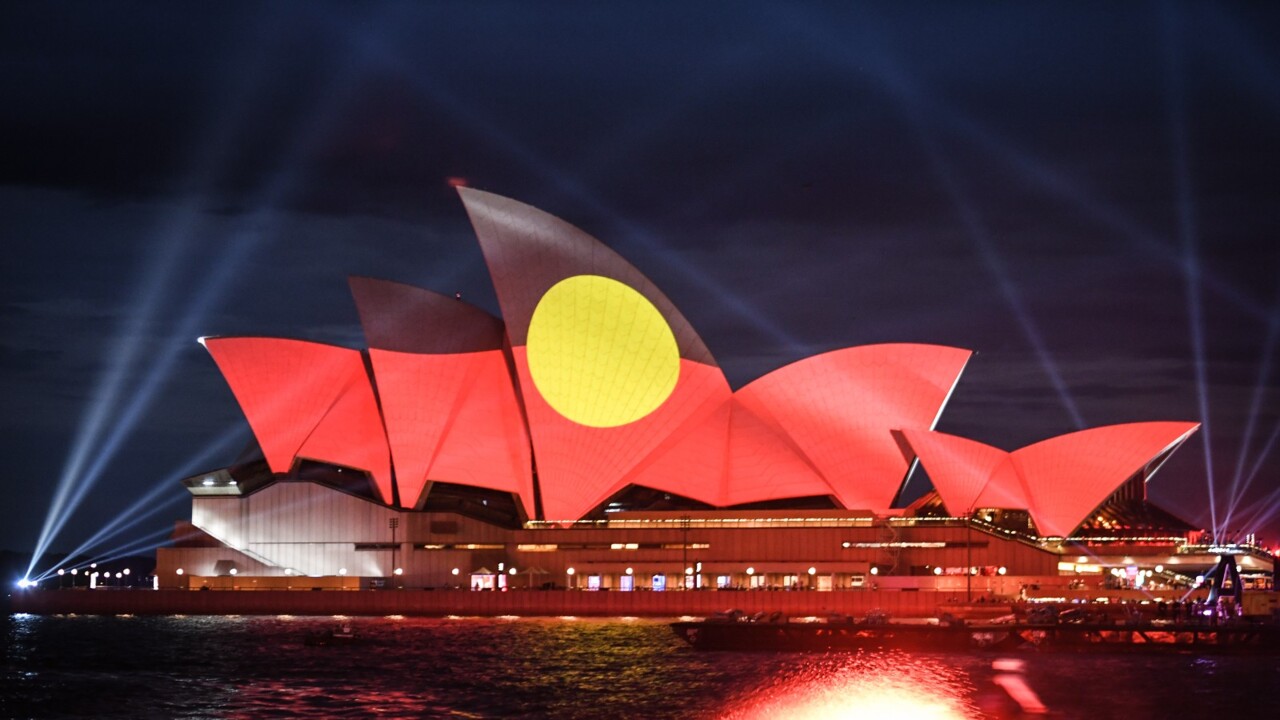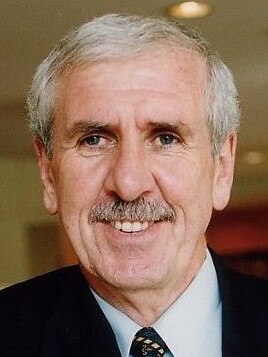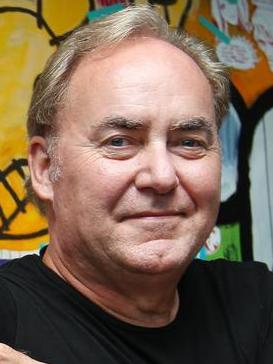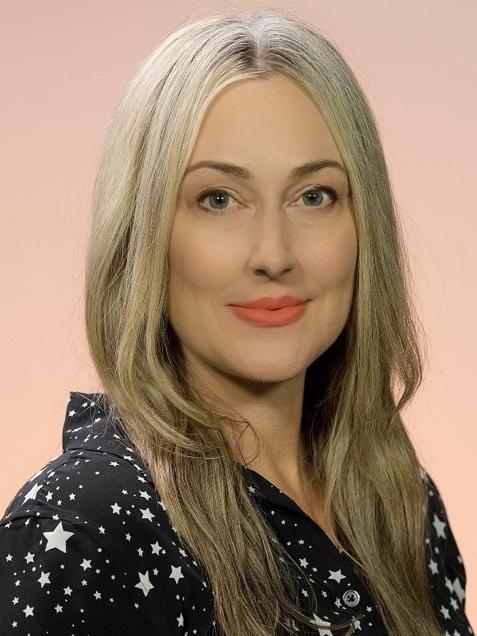Too many voices, lack of clarity killing Yes campaign according to marketing experts
A confusing message and lack of clarity is to blame for the Yes campaign’s dwindling performance among voters while the No campaign’s controversial “fear campaign” has dominated, leading marketing experts say.

NSW
Don't miss out on the headlines from NSW. Followed categories will be added to My News.
A confusing message and lack of clarity is to blame for the Yes campaign’s dwindling performance among voters while the No campaign’s controversial “fear campaign” has dominated, leading marketing experts say.
Weeks out of the referendum, both sides of the debate have launched new ad campaigns and experts say market research has indicated the No message is resonating strongly.
Marketing Focus managing director and strategist Barry Urquhart said the No campaign had benefited from having two clear spokespeople while the Yes side had been hampered by too many voices.
“You need a simple message. Like Coke with the real thing. When you have a Yes campaign with John Farnham, Wesfarmers, Bunnings and all saying yes yes yes — the people are saying what does this mean? You’ve got an audience who is asking what’s in it for me?,” he said.
“With marketing the real issue is you’ve got to be very focused and not confuse people with a whole series of messages and the problem is you have too many spokespeople with too many subjects.”
Mr Urquhart said the No side would also benefit from the public’s inherent bias against voting Yes in surveys and referendums.
“It is easier to elicit a negative response than it is to elicit a positive response. The referendum is a yes or no and the tendency is a 4 per cent bias for voting no,” he said.


Globally renowned marketing expert and chief executive of The Ad Department Toby Ralph said both sides had failed in creating effective campaigns but Yes was doing far worse than the No side.
“It’s been one of the worst campaigns that I can remember for a long time. It started with two strategic errors,” he said.
“The government only provided a one-sided sales pitch and the prime minister announced he wasn’t going to get into detail … Now the research showed people were saying if the detail is confusing and frightening shouldn’t they fix the detail rather than hide it.”
Mr Ralph said the government had also erred in creating a “moral monopoly” which had caused resentment among voters.
“The second strategic blunder was that their strategy was to take a moral monopoly as in you’re a good person and a nice person if you support it and you are probably reactionary or racist if you don’t,” he said.
“Initially that worked really well particularly with younger people but the more people considered it and talked about it the more they resented the positioning,” he said.
Mr Ralph said the No side was also not without faults and described their campaign as hysterical and using misinformation.
“The No case has been hysterical, it’s been using misinformation and it’s been far too right wing and isolating the people in the centre. If they just shut up they’d do a far better job,” he said.

Regeneration Media managing director and branding expert Dr Natalie McKenna said the No campaign had a powerful tagline in “if you don’t know vote no” but it may not be as effective closer to polling day.
“The No campaign had a powerful tagline which was simple and clear,” she said.
“This is an effective line, although as the campaign progresses and people’s
knowledge increases, it becomes less powerful.
“The No vote is more of a fear campaign and negative campaigns strategies, although widely
disliked, tend to be effective.”
Ms McKenna said the Yes side’s recent ad campaign could be a hit with parents.
“In the Yes campaign, a child’s Voice was used. Using a child’s Voice in a TV ad is
compelling to viewers, especially parents and can really capture attention. It also deviates viewers from thinking about the politics of it. It is more likely to invoke emotion”.
A government spokesman said their campaign had been consistently focused on recognition, listening, and better outcomes.
“No talk about everything other than those three things which are actually on the ballot paper,“ the spokesman said.
“The Prime Minister first posed a draft of the words which would be put to the Australian people in August 2022.
“Since then we have consistently advocated for a Yes vote and at all moments sought for it to be a bipartisan position.”
No campaigner Gary Johns said the criticism had nothing to do about the substance of the debate.
More Coverage
Read related topics:Voice To Parliament





